
Anti-Immigration Backlash Finally Comes To Japan
But when I lived there, I often noted ways in which Japan was behind the US. Trends in fashion, music, and culture seemed to get popular in Japan about five to ten years after their heyday in America.1
For a long time, mainstream Japanese politics was essentially devoid of the type of xenophobic, conspiratorial, nativist populism that has defined the MAGA movement in America and parties like AfD in Europe.
The late Abe Shinzo, Japan's prime minister from 2012 to 2020, had the reputation of being a rightist. But in fact, he governed as much more of a Reaganite conservative , or sometimes even a liberal; he opened the country to immigration and supported women in the workplace.
When an anti-Korean hate group arose in the early 2010s, Abe passed Japan's first law against hate speech and put the hate group on a watch list , ultimately demolishing it as a political force.
But like raves and backwards baseball caps, Trumpian politics has finally made it to Japan's shores. A new political party called Sanseito2 has won a surprising number of seats in Japan's recent Upper House election, running on a platform that mostly looks like it was copied directly from MAGA :
Some of this - for example, the antivax stuff and the ranting about globalist elites - is clearly just the spread of memes from the U.S. and Europe to Japan. Kamiya Sohei, the party's leader, even said some stuff about“Jewish capital” in a speech; Japan's banks have essentially zero Jews in them, so you know this is just something he read on the internet.
But the party's main issue - restrictions on immigration and tourism - isn't just mimicry of Trump or AfD. Instead, it's a response to a real and important trend that has affected the entire world, and happened to hit Japan a little later than other countries.
There are three main reasons for the global migration boom. The first is the internet; as people in the developing world get more information about how to move to rich countries, and learn what life in rich countries is like, a lot more of them get the idea to move. The second reason is global development; as each country first starts to escape poverty, its people get enough money to move out .3
The third reason is low fertility rates. All rich countries now have fertility rates that will cause them to dwindle and shrink in the long term. This causes labor shortages in many industries.
Rather than accept large-scale economic and social disruption from labor shortages, essentially every rich country eventually chooses to turn to immigration to plug those gaps. Japan took a little longer to reach this decision, but ultimately it ended up doing much the same thing everyone else did.
If you want the detailed story of how and why Japan opened itself up to immigration, read this post . But the basic story is that Japan has, in fact, opened itself up to immigration:
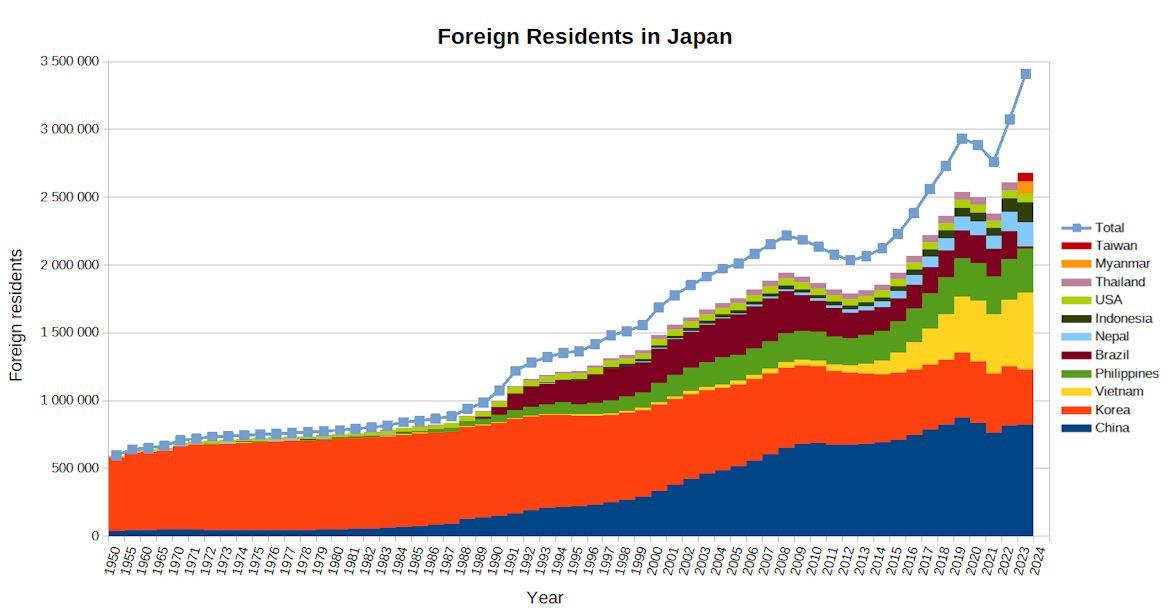
Source: MrThe1And0nly via Wikimedia Commons
The“Korean” people on this chart are almost all“zainichi” people, whose ancestors immigrated from Korea and who have South or North Korean passports and citizenship (Japan does not have birthright citizenship), but who are functionally Japanese.
The real influx of foreigners only started in the 1990s, and it was only around 2013 that true permanent mass immigration began. That immigration is mostly from Vietnam, the Philippines, and Nepal, though some other Southeast Asian countries, as well as the US and Taiwan, are starting to figure into the mix as well.
I travel to Japan quite frequently, and this immigration is very noticeable. Plenty of convenience stores have Nepalese and Chinese clerks; many restaurants have Vietnamese cooks. Also keep in mind that the numbers above count only the foreign-born, not the children of the foreign-born; Japan's youth are diversifying more rapidly than the population as a whole.
In fact, it's an open question whether this immigration will degrade some of the special characteristics that make Japan such a great place to live in the first place. Japan is not the US - it's not a nation of immigrants, and it has traditionally defined its national identity in terms of a unique culture that newcomers don't share.
Could immigration change Japan for the worse?Other than making it slightly harder to talk to convenience store clerks, mass immigration hasn't yet really changed the face of Tokyo, Osaka, or other big Japanese cities.
But in specific areas, immigration is forcing big local changes to Japan's way of life. There are now over 200,000 Muslims in Japan ; mosques , Muslim schools, and Muslim graveyards 4 have radically reshaped some neighborhoods.
Then there's the possibility of crime. Unlike the United States, Japan's society functions on the assumption of almost zero violent crime. Its famously safe streets give women and children the freedom to walk around at night alone without worrying - a freedom that's totally alien to Americans, and a constant source of wonder for people who visit Japan.
The assumption of total public safety also allows cities to be built with a level of walkability and density that the crime-ridden US shies away from.
Immigrants in Japan are generally surprisingly well-behaved. Unlike in the US, the average immigrant in Japan is going to tend to be a little more rowdy and unruly than the locals, just because Japan is one of the most peaceful countries on Earth to begin with.

Legal Disclaimer:
MENAFN provides the
information “as is” without warranty of any kind. We do not accept
any responsibility or liability for the accuracy, content, images,
videos, licenses, completeness, legality, or reliability of the information
contained in this article. If you have any complaints or copyright
issues related to this article, kindly contact the provider above.

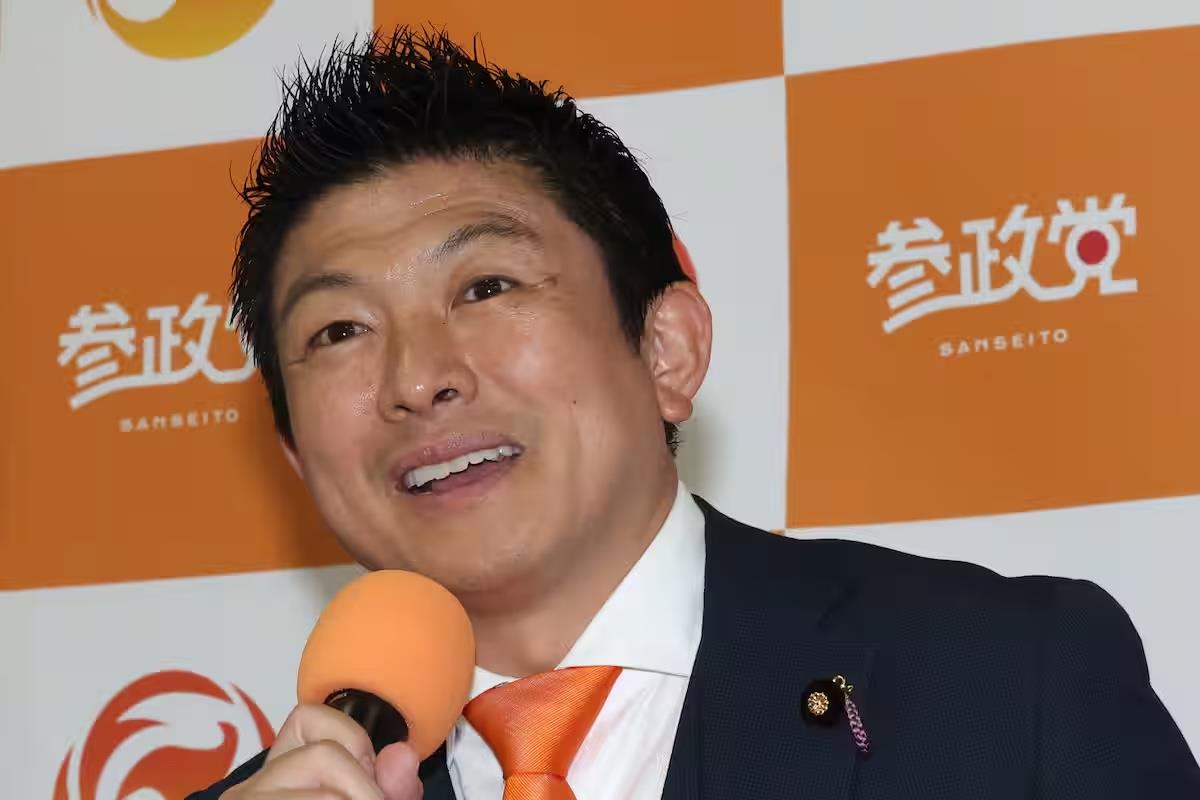


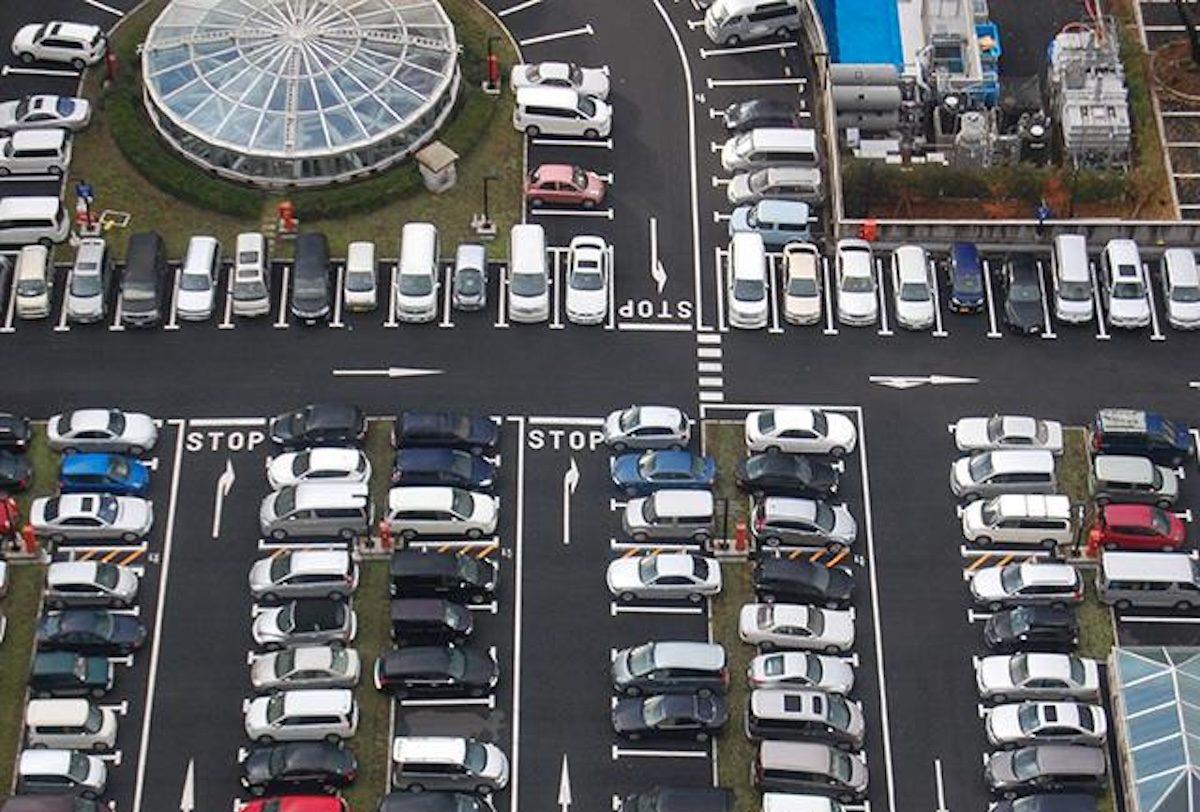




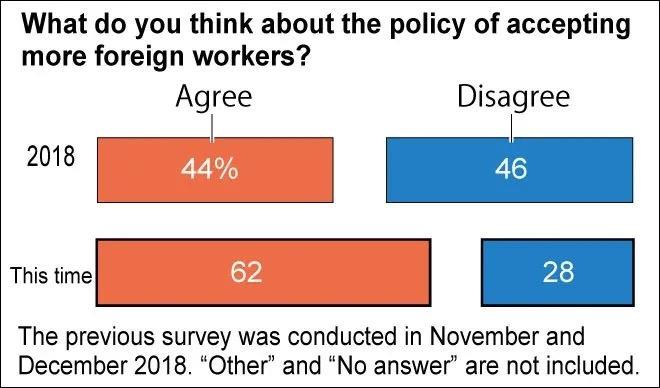
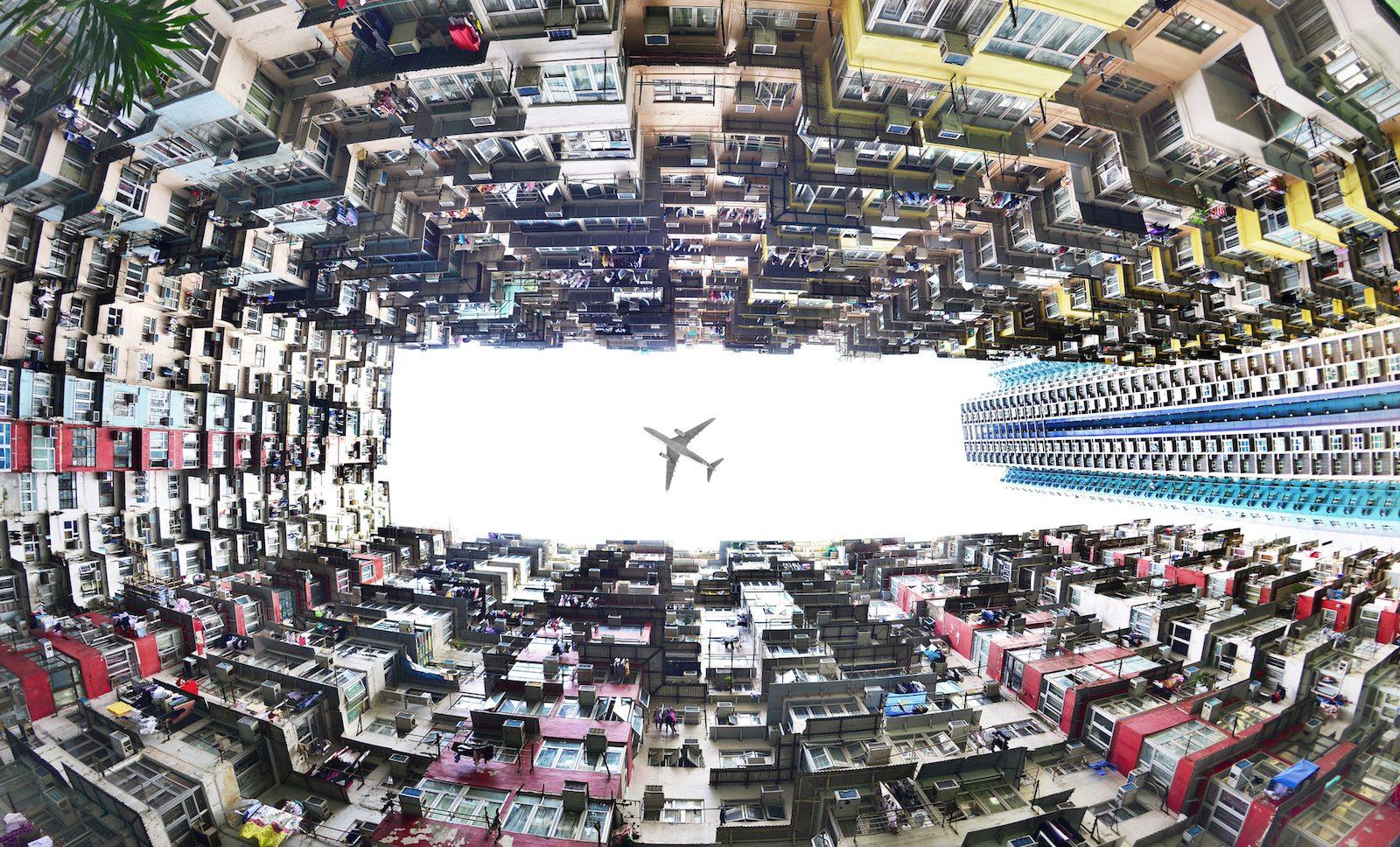
















Comments
No comment